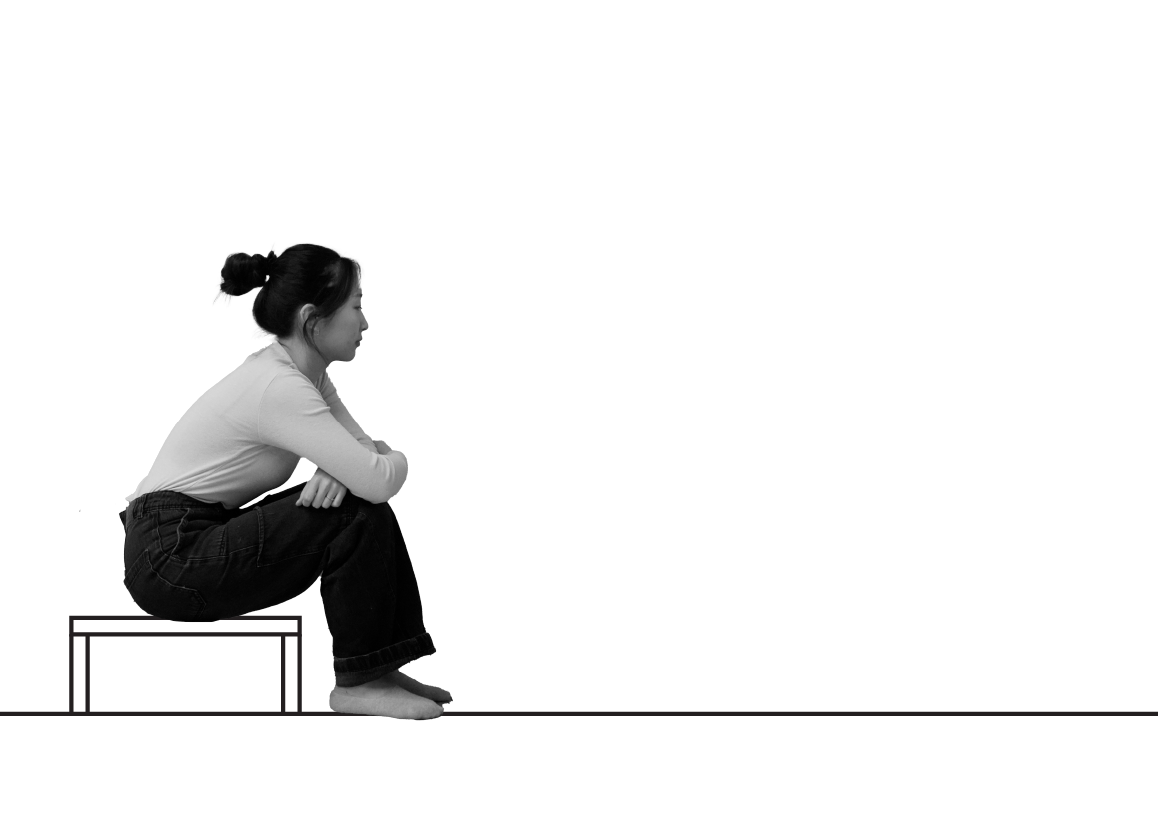Although the prison is an important facility, the prison located in the city is recognized as a hate facility. This is because there is the lack of interaction between the prison and the society. Architecturally, the 'wall' is an act that gives a relative relationship and becomes a concept of the relative boundary between subjects. Accordingly, the prison's "wall" can just be interpreted as a reaction of a society to the fear of prisoners escaping. It is necessary for residents to recognize their diplomatic missions through continuous communication with the region by tearing down the walls of prisons in the city center and providing green space to the society.
Prison walls cut off prisons from other spaces, but by tilting walls and giving back to residents, residents can be provided with more green space. The open middle part of the upper part made of U-glass improves the lighting of the prison indoors through daylight and serves as a street lamp in the evening, lighting up the night of the park for the residents.
The trees are thickened along the boundaries of the perforated roof, adding to the visual walls between residents and inmates. Trees serve as nature for residents and hide the appearance of prisoners. Alongside, from the perspective of inmates, trees provide visual nature, further developing and imagining the desire for the future outside world.
